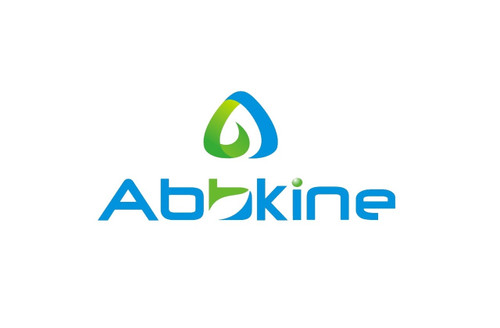Product Description
Human Tissue-type plasminogen activator (PLAT) ELISA Kit | AE64448HU | Abebio
Species Reactivity: Human (Homo sapiens)
Abbreviation: PLAT
Alternative Name: DKFZp686I03148; T-PA; TPA; alteplase|plasminogen activator; tissue type|reteplase|t-plasminogen activator|tissue plasminogen activator (t-PA)
Application: ELISA
Range: 0.156-10 ng/mL
Sensitivity: 0.056 ng/mL
Intra-Assay: ≤5.1%
Inter-Assay: ≤9.6%
Recovery: 1, 02
Sample Type: Serum, Plasma, Other biological fluids
Detection Method: Sandwich
Analysis Method : Quantitive
Test Principale: This assay employs a two-site sandwich ELISA to quantitate PLAT in samples. An antibody specific for PLAT has been pre-coated onto a microplate. Standards and samples are pipetted into the wells and anyPLAT present is bound by the immobilized antibody. After removing any unbound substances, a biotin-conjugated antibody specific for PLAT is added to the wells. After washing, Streptavidin conjugated Horseradish Peroxidase (HRP) is added to the wells. Following a wash to remove any unbound avidin-enzyme reagent, a substrate solution is added to the wells and color develops in proportion to the amount of PLAT bound in the initial step. The color development is stopped and the intensity of the color is measured.
Product Overview: Tissue plasminogen activator is a protein involved in the breakdown of blood clots. Specifically, it is a serine protease (EC 3.4.21.68) found on endothelial cells, the cells that line the blood vessels. As an enzyme, it catalyzes the conversion of plasminogen to plasmin, the major enzyme responsible for clot breakdown. Because it works on the clotting system, tPA is used in clinical medicine to treat only embolic or thrombolytic stroke. Use is contraindicated in hemorrhagic stroke and head trauma.The classic role of tPA is in the clotting system. Specifically, tPA catalyzes the conversion of plasminogen into plasmin. It does so by cleaving the single-chained plasminogen into two chains. These two chains are linked by a disulfide bond and the resulting molecule is called plasmin.
Stability: The stability of ELISA kit is determined by the loss rate of activity. The loss rate of this kit is less than 5% within the expiration date under appropriate storage condition. The loss rate was determined by accelerated thermal degradation test. Keep the kit at 37°C for 4 and 7 days, and compare O.D.values of the kit kept at 37°C with that of at recommended temperature. (referring from China Biological Products Standard, which was calculated by the Arrhenius equation. For ELISA kit, 4 days storage at 37°C can be considered as 6 months at 2 - 8°C, which means 7 days at 37°C equaling 12 months at 2 - 8°C) .
 Euro
Euro
 USD
USD
 British Pound
British Pound
 NULL
NULL












